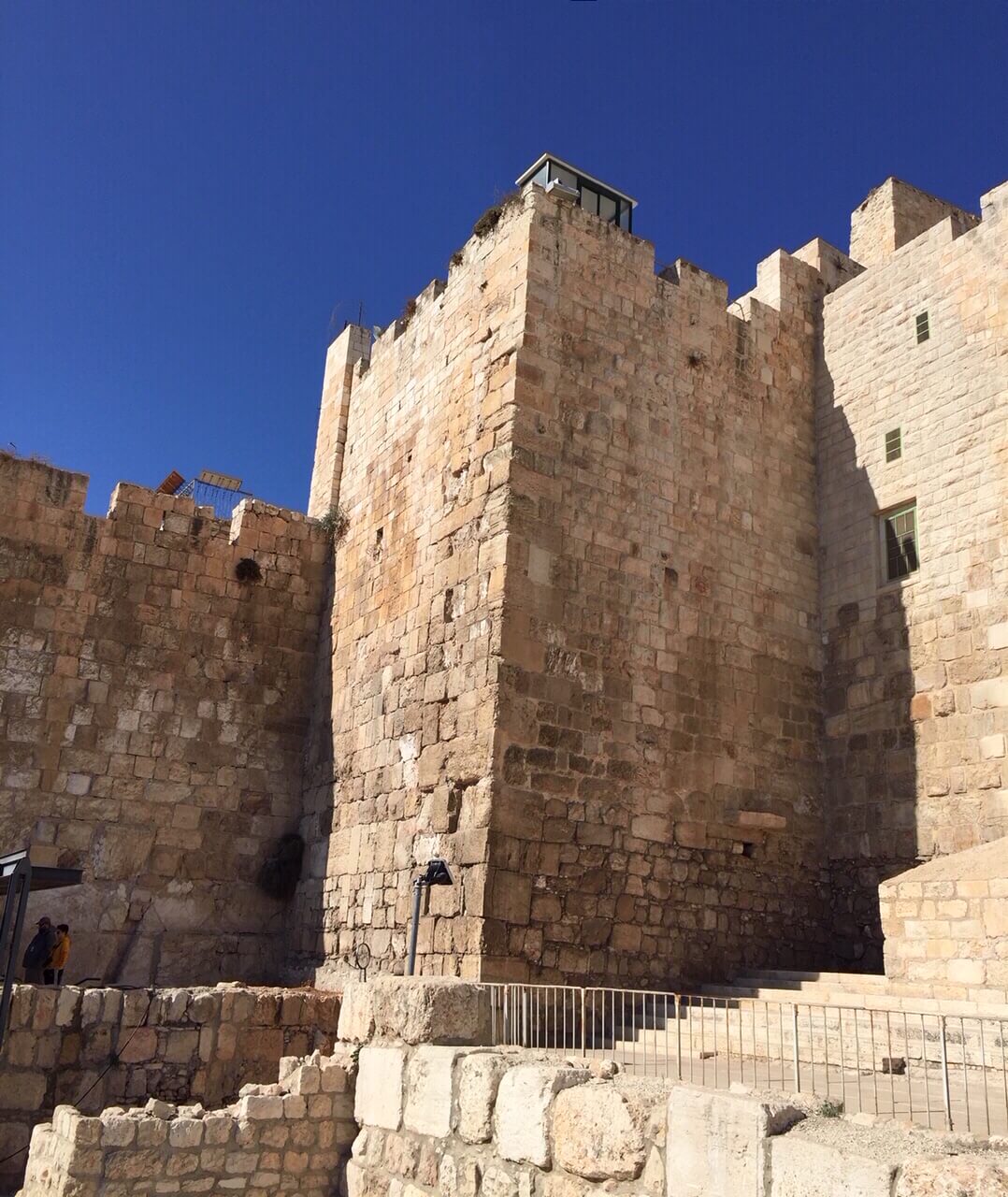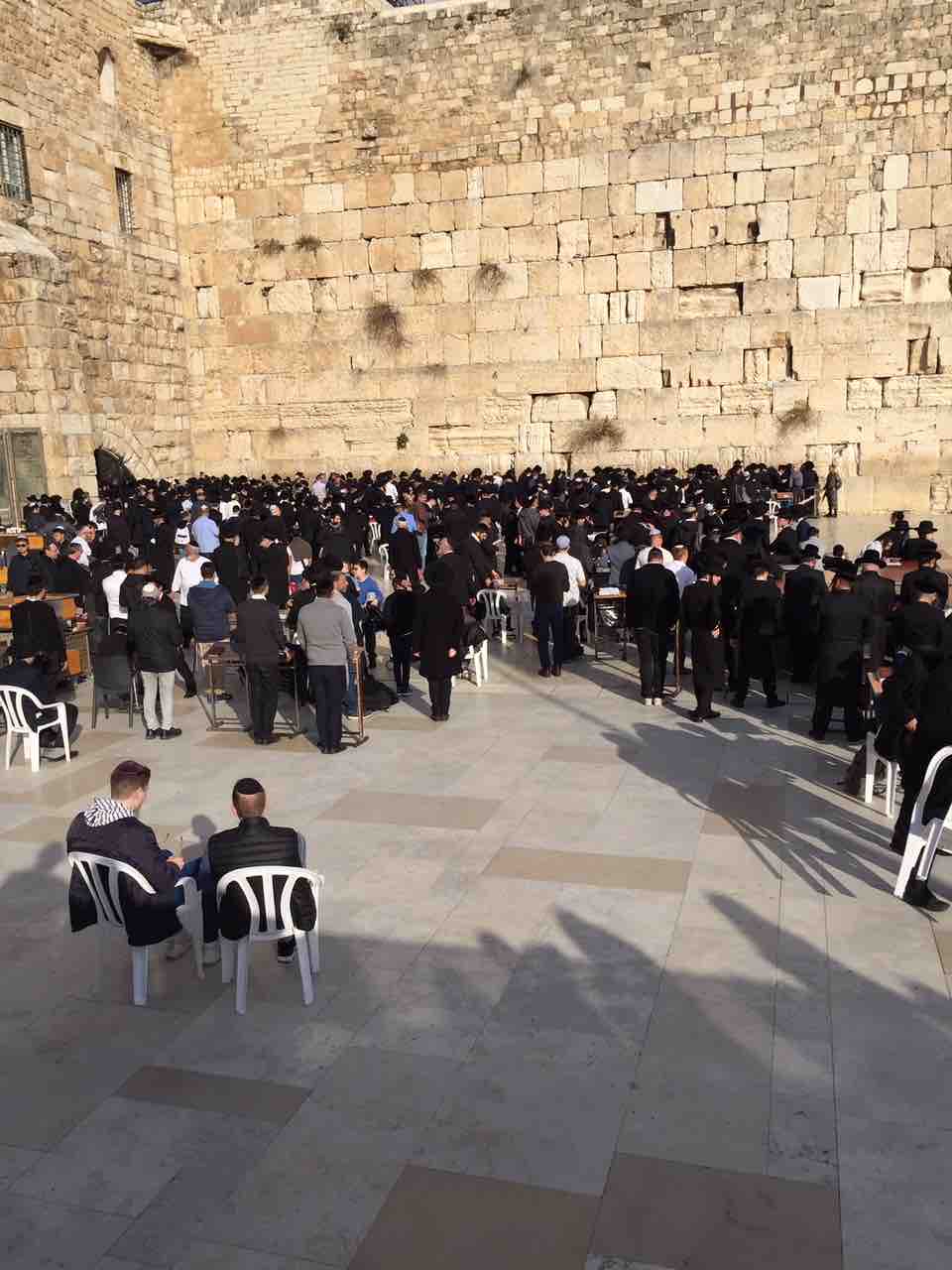There is a saying in the Midrashic literature that God gave the world ten measures of beauty, nine went to Jerusalem and one went to the rest of the world. Although the saying might be a slight exaggeration, there is no doubt that Israel’s capital is one of the world’s most beautiful cities.
We arrived in Tel Aviv from Newark after a long and not always restful flight. Then from Tel Aviv, we made our way to Jerusalem. Tel Aviv is young, warm, vivacious, and always in a rush. Jerusalem is pensive, spiritual, governmental, and historical. Together the two cities reflect two sides of life.
This trip is about culture. I am here with my Latino – Jewish relations group. Considering that the great Argentine soccer star Lionel Messi is also here the timing has been perfect.
According to many Western legends, both Christian and Jewish, Jerusalem is the center of the world. The foundation stone on the Temple Mount is considered by Jews, Christians, and Muslims ground zero; from this point all distances are measured. While such a statement might not reflect scientific geography, the masses of visitors from around the world, the fact that within a single acre of land we find the Western Wall, the Curch of the Holy Sepulcher, and the Dome of the Rock make this location perhaps the holiest spot on Earth. To hear the blending of the sounds of the Muslim call to prayer, the ringing of Church bells, and the sounds of daveening (Jewish prayer) mingling one with the other provides hope that human beings can get along and in the end we are all made in the image of G-d. There is no doubt that Jerusalem is thriving. Last night we finished dinner at about 11:00 pm, the restaurants were full and despite the night’s chill, the streets were full.

Towers surrounding Jerusalem
Yesterday we took our participants from the Center of Latino-Jewish Relations on a religious tour of the Old City (העיר העתיקה). Many of the buildings date back to the Bible’s King Hezekiah, who reigned over Israel some three thousand years ago. (See Book of Kings). Jerusalem is the city of Israel’s prophets and the place where for Christians Jesus spent his last days. It is a city of intricately connected neighborhoods, a living city where Jews, Muslims, and Christians pray, live, and work together – a laboratory of and for interpersonal and cultural coexistence.
Archeological digs of Jewish ritual baths (mikvehs) from the times ok King Hezekiah 8th century BCE)
The prayers at the Western Wall are a special time for most people. There is a saying in Hebrew that there are people with a heart of stone and there are stones that touch the human heart (יש אבנים עם לב של אבן ויש אבנים עם לב אדם)
These giants’ stones are the latter, stones that touch the human heart, and people come from every corner of the world to speak to and with a power higher than that of mere mortals.
To be at, and around, the Western Wall and to read stone engravings from three thousand years ago chiseled in simple Hebrew connects the modern Jew with his/her forefathers and foremothers from three millennia ago. These ancient rocks act as witnesses to the depth of Jewish history. They stand as silent reminders that Jerusalem is not merely modern Israel’s capital but has been so for over three thousand years. They also remind us that Jerusalem is like no other city on Earth.
Wishing each of you: Shalom from Jerusalem, the center of the world.
Prayer at the Kotel (Western Wall)



